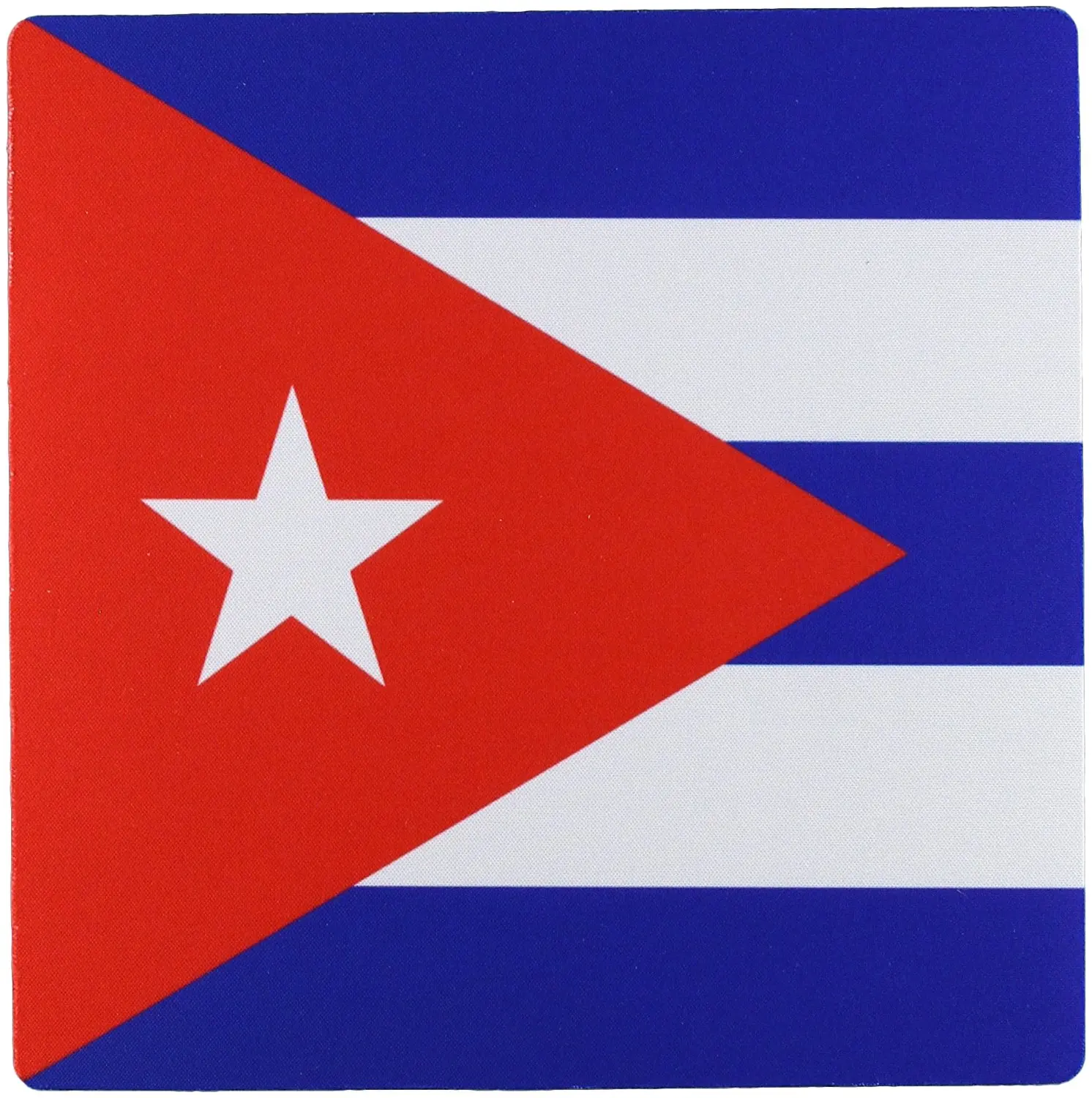

- Flag with red and white stripes and one 5 point star plus#
- Flag with red and white stripes and one 5 point star free#
Reliable historians have assumed that as early as 1772 the Articles of the Agreement of the Watauga Association authorized the use of a seal. The passage quoted above describes a wreath of silver (or white) and red under a green hill, upon which is a hickory tree bearing three five-pointed stars, each one separated from the other two, and all three silver (or white).Įven before Tennessee achieved statehood, efforts were made by local governmental organizations to procure official seals. This design was placed upon a red background, in each corner of which is placed a five-pointed star representing the fact that the governor of the state, by virtue of his office, automatically becomes commander in chief of the National Guard of that state. The predominant original white population within the state was of English origin, and the twists of the wreath are accordingly white and red.
Flag with red and white stripes and one 5 point star plus#
The state of Andrew Jackson, or “Old Hickory,” Tennessee was the sixteenth state admitted to the Union-the original thirteen colonies plus three states-and, consequently, the flag bears three white stars. …on a wreath argent and gules, upon amount vert a hickory tree properly charged with three mullets one and two argent, the description of which is as follows: The central design on the flag is the crest of the National Guard of Tennessee, which is described in a letter from the Secretary of War, dated May 28, 1923, as: No act has been passed by the General Assembly establishing an official flag for the governor, but in 1939, at the request of the Adjutant General, one was designed by the U.S. The arrangement of the three stars shall be such that the centers of no two stars shall be in a line parallel to either the side or end of the flag, but intermediate between same and the highest star shall be the one nearest the upper confined corner of the flag.

Inside the circular blue field shall be three five-pointed stars of white distributed at equal intervals around a point, the center of the blue field, and of such size and arrangement that one point of each star shall approach as closely as practicable without actually touching one point of each of the other two around the center point of the field and the two outer points of each star shall approach as nearly as practicable without actually touching the periphery of the blue field. The breadth or diameter of the circular blue field, exclusive of the white margin, shall be equal to one-half of the width of the flag. In the center of the red field shall be a smaller circular field of blue, separated by a circular margin or stripe of white of uniform width and of the same width as the straight margin or stripe first mentioned.
Flag with red and white stripes and one 5 point star free#
The design of the flag was described by that act, Chapter 498 of the Public Acts of 1905, as follows:Īn oblong flag or banner in length one and two thirds times its width, the large or principal field of same to be of color red, but said flag or banner ending at its free or outer end in a perpendicular bar of blue, of uniform width, running from side to side-that is to say from top to bottom of said fl ag or banner-and separated from the red field by a narrow margin or stripe of white of uniform width the width of the white stripe to be one fifth that of the blue bar, and the total width of the bar and stripe together to be equal to one-eighth of the width of the flag. This flag was adopted as the official flag of the state of Tennessee by an act of the General Assembly passed and approved April 17, 1905. The white edgings contrast more strongly the other colors." The final blue bar relieves the sameness of the crimson field and prevents the flag from showing too much crimson when hanging limp.

They are bound together by the endless circle of the blue field, the symbol being three bound together in "The three stars are of pure white, representing the three grand divisions of the state. The state flag was designed by LeRoy Reeves of the Third Regiment, Tennessee Infantry, who made the following explanation of his design:


 0 kommentar(er)
0 kommentar(er)
